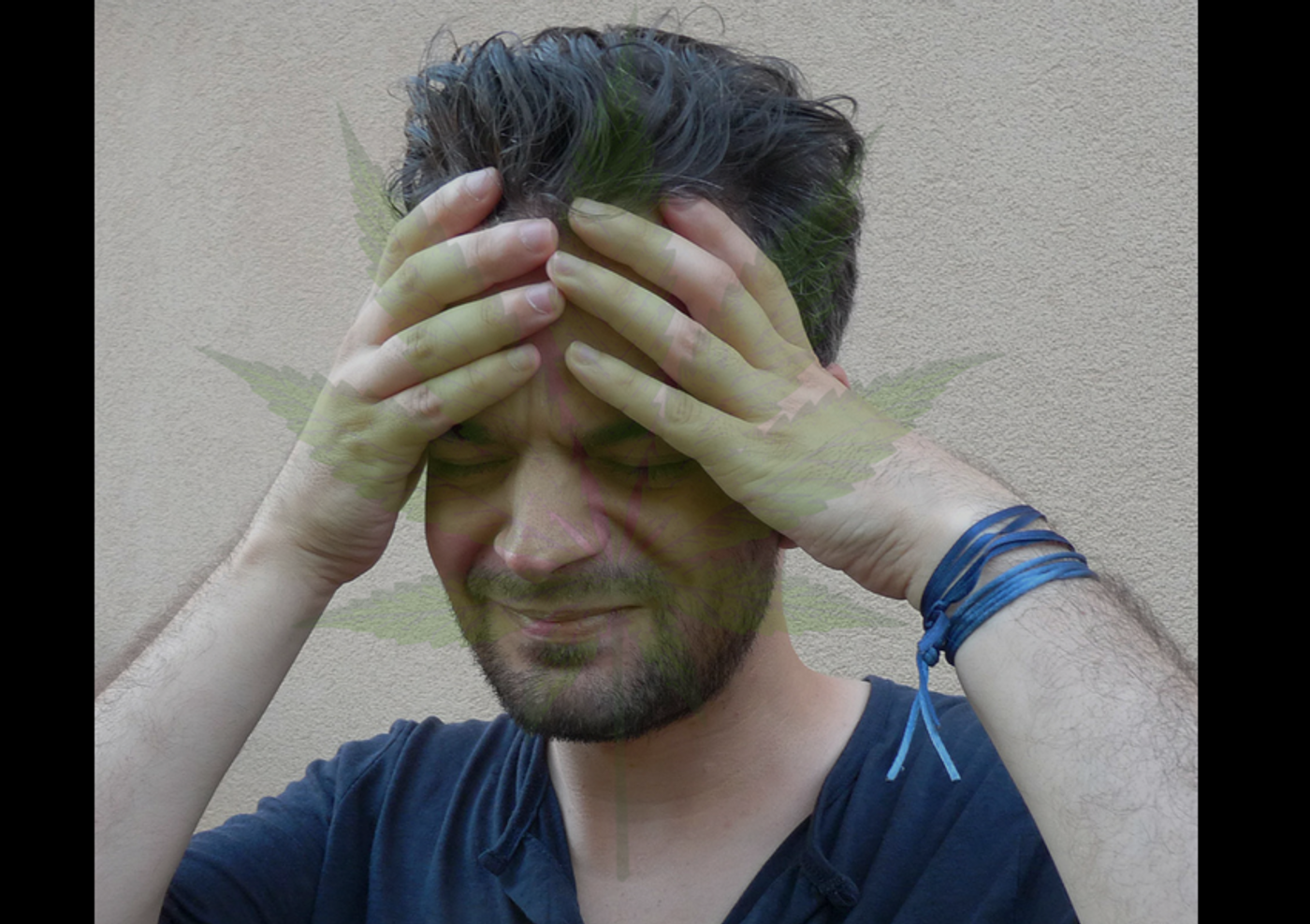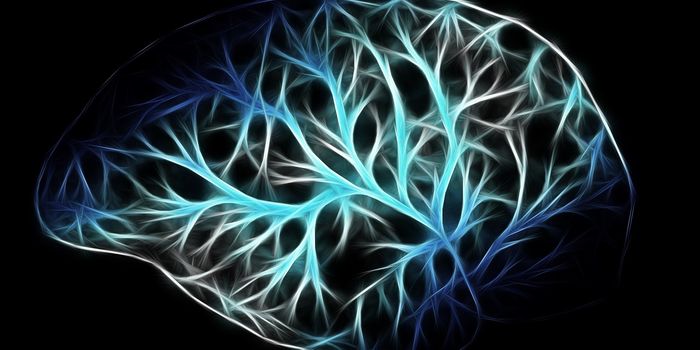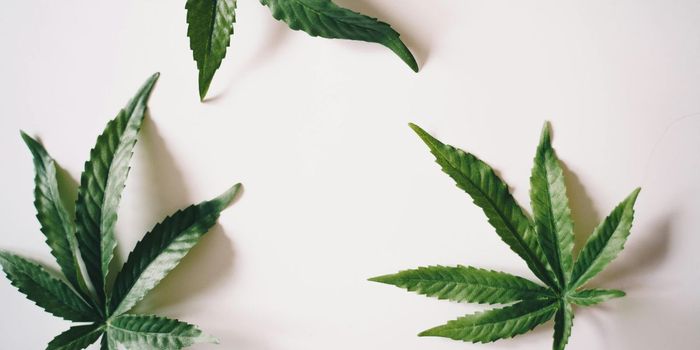Cases of Reversible Cerebral Vasoconstriction Syndrome With Cannabis Use Are Examined
In a Journal of Vascular and Interventional Neurology article published June 2018, a group of researchers in Colorado published their examination results evaluating factors associated with reversible cerebral vasoconstriction syndrome (RCVS), specifically looking at patients who have used marijuana prior to onset of RCVS symptoms.
RCVS is a rare disorder that occurs as a result of a sudden constriction of the vessels which supply blood to the brain. It is often described as a sudden, usually terrible headache, and is colloquially termed a “thunderclap” headache. There are very serious dangers of stroke or brain hemorrhage in some cases. RCVS can be reversed with full recovery, though there are rare cases of lasting brain damage. The typical patient is female and between the ages of 20 and 50. Healthcare providers are more aware of this condition as well as others that have similar symptoms.
Marijuana has long been known to be a vasoactive substance. Cannabinoids can produce a decrease in arterial blood pressure which is why there are some proponents for use of medicinal cannabis or cannabidiol for headaches. Studies have looked at the difference between acute and prolonged use of cannabis (mainly including the common impairment compound,9-tetrahydrocannabinol (THC) related to vasoactivity; resulting data shows that over the long term, cannabis use (smoking mainly) has an enduring decrease in blood pressure and heart rate.
Recent changes in cannabis policy have allowed some areas of the United States to expand research and evaluations of the effects of potential increased use due to the marijuana access changes. One study published in Neurology earlier this year found that in patients diagnosed with RCVS after marijuana use were female and all had a history of migraines and cigarette smoking. That study could not find conclusive evidence that marijuana alone was a causative agent of RCVS.
The more recent study determined that in the 3 years of patient evaluation (2013-2015) at a comprehensive stroke center in Colorado, vasoactive substances were the most suspected trigger with 33% of those being from marijuana use; however, the outcomes were not observed to be different than RCVS triggered by another vasoactive substance. In this study, patients diagnosed with RCVS secondary to cannabis use were mostly male and younger in age, though the former was not statistically significant while the latter was determined to be statistically significant. The study concluded that there are differences in who is affected by cannabis resulting in RCVS compared to more traditional idiopathic onset of RCVS.
Alternative vasoactive substances include many antidepressants, migraine medications, immunosuppressants, nasal decongestants, nicotine patches, caffeine containing energy drinks, ginseng, cocaine, ecstasy, and amphetamine derivatives.
Clearly increased research and more evidence is needed to examine the potential neurological effects of widespread cannabis use as it becomes more easily accessible across the globe. As the conversation around cannabis grows, it is important to not only relay and educate the public and healthcare community about the benefits of cannabinoids, but of the potential adverse effects that can arise, especially if used recklessly. Additionally, these studies evaluated the use of smoked marijuana containing THC; many of the medicinal products available have low or no levels of THC and/or utilize cannabidiol, or CBD, which is another cannabinoid that acts upon our human endocannabinoid system without the “high” that comes from the cannabinoid THC.
Sources: Journal of Vascular and Interventional Neurology, Neurology, Handbook on Experimental Pharmacology, Cannabis and Cannabinoid Research, Cleveland Clinic, MedCrave,









